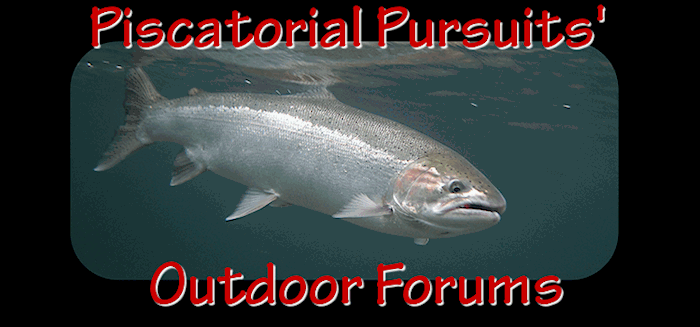Offut Lake Special-- This is really too simple:
Hook: Mustad 3399A-- you really do need the shank length and bend in these proportions. If this hook is too dull for you, use a Luhr Jensen hook file. Size 8, 10 or 12. The original was on a size 10.
Body: Fluorescent orange yarn. (This is the same color as "hunter orange" not some of the steelhead colors).
Wing: A dozen white hackle fibers extending to the beginning of the bend and canted up.
Head: Black thread (essential)
Instructions: This is a basic fly but it should have the right proportions and correct profile. Start by winding a layer of black thread on the shank. Tie in the yarn well down on the bend of the hook (between 1/3 and 1/4 around the bend). The yarn I use is thin, probably about half as thick as the common knitting yarn.
Wrap the yarn forward, leaving adequate room for a largish head. Wrap the yarn back to the top of the bend. Wrap forward again. If this doesn't provide a thick abdomen, then you might want to wrap back about a third of the shank and then forward over that.
What you're trying for in the body shape is a thickish abdomen with a tapering, curved rear portion.
Tie in the hackle fibers as a short wing and then finish with a largish (about two sizes larger than normal ) head.
That's it. Once you figure out the proportions, it takes about a minute to tie.
The creator, I believe, was a biology professor at Centralia College named Rufus Kizer who also tied commercially and was one of the most knowledgable men I knew.
So you fish this on a floating line, longish leader and let it sink. We fished it mostly around lily pads and reeds and rushes, but it also works cast to rising fish.
Keith













 Previous Topic
Previous Topic Index
Index


